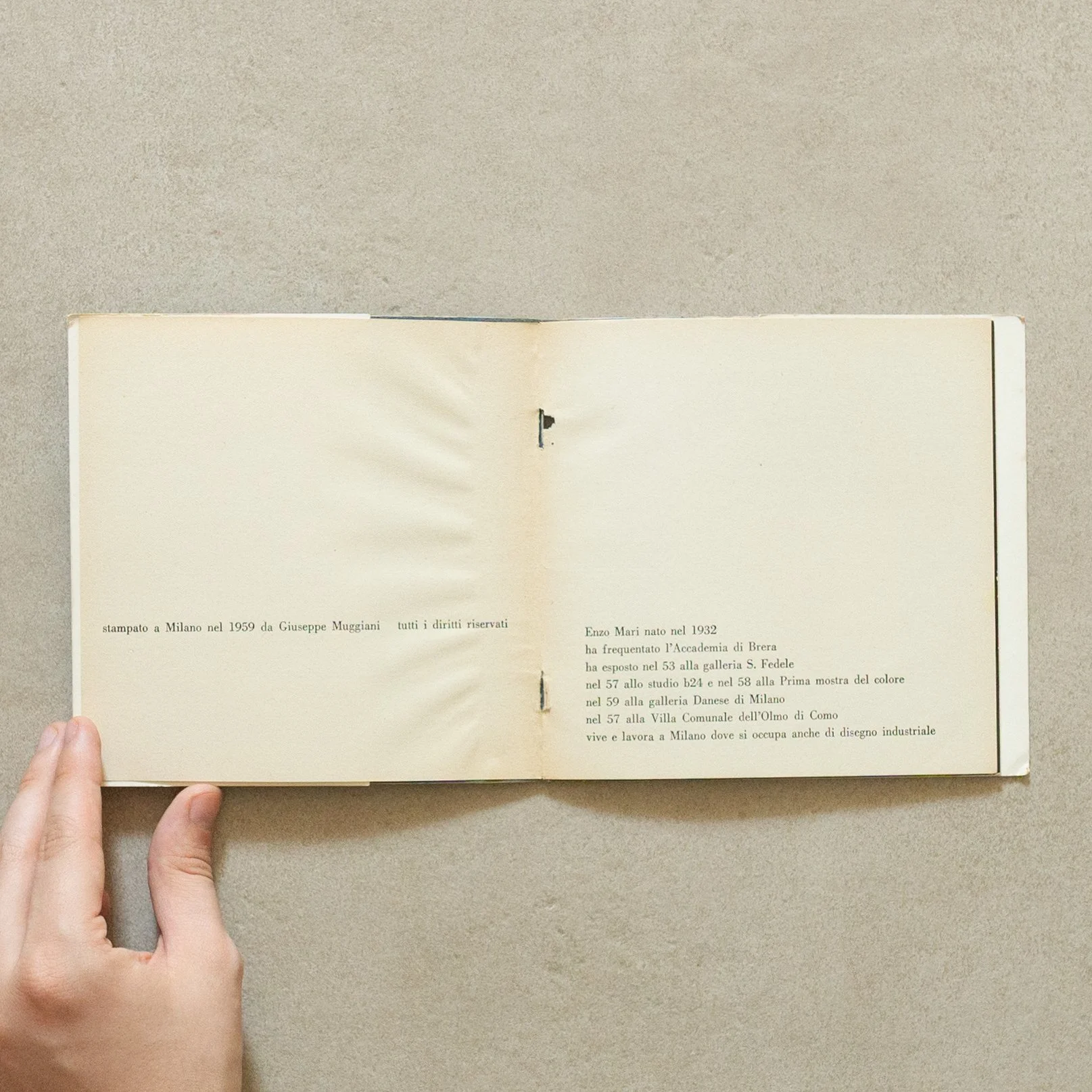Citazioni: "Maciunas designed and printed the «Flux Stationery» for inclusion in «Fluxpack 3», distributed by Multipla in Milan. The stationery was also distributed by Maciunas himself, and by Wooster Enterprises Edition, New York City. In a 1978 interview with Larry Miller, Maciunas discusses the «Flux Stationery» in terms of his conception of functionalism, which he describes as «when the piece that you are doing has an inherent connection to the form». After discussing his Venus de Milo apron, Maciunas notes that «the envelopes were like gloves and the letters were like hands. Now, again, the function is now... an envelope and a glove... same function: the glove encloses the hand... an envelope encloses the hand. Now, a non-functional envelope would be an envelope showing let's say lots of flowers... And the letterhead may be wheat or something. So the one has no connection with the other, and the fact that why flowers have to be on an envelope, they could be on a carpet, too... Now that's the difference». The stationery certainly stands among the most «functional» of Maciunas's creations, many of which (such as the one-card Flux-deck, Flux-postage, or the variously modified table-tennis rackets) are specifically designed to thwart any attempt to use them for their ostensible purpose. Like the Venus de Milo apron (the idea of which has since become a mainstay in novelty shops the world over), the stationery serves as a rare example of a commercially possible (even viable) extension of Fluxus practice" (Jacob Proctor).




![Michael Heizer / Untitled [“Vague depression”]](https://images.squarespace-cdn.com/content/v1/60e820d70025154c9413112f/b0a359db-6f50-49bc-b1e8-8ab9f7ff0e3c/heizer.jpg)
















